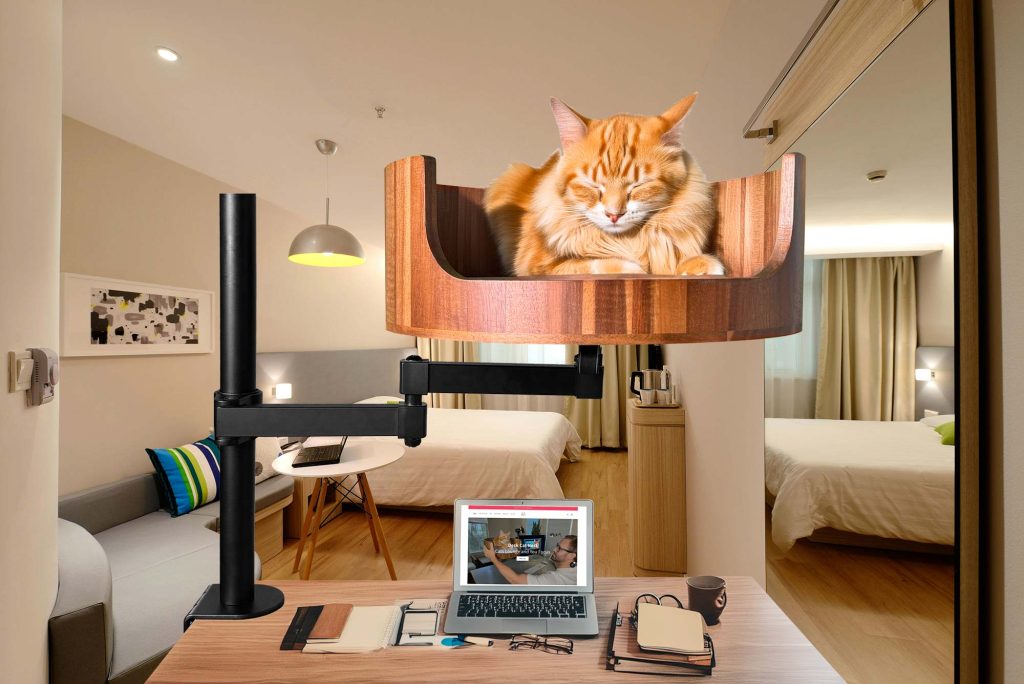Is your cat wheezing or making strange noises while breathing? It can be alarming to hear your feline friend struggling with their respiratory system. In this article, we will delve into the causes of wheezing in cats and how to provide appropriate care for them.
From asthma to respiratory infections, there are various reasons why cats may wheeze. Understanding the underlying causes is crucial in determining the best course of action for your pet’s health. We will explore common triggers of wheezing in cats, such as allergies, foreign objects in the airways, or even heartworm disease. Additionally, we will discuss the symptoms to watch out for and when to seek veterinary assistance. By the end of this article, you will have a better understanding of how to help your wheezing cat breathe easier and lead a healthier life.
1. Wheezing in cats can be caused by a variety of factors, including respiratory infections, allergies, asthma, or even heart conditions.
2. It’s important to observe your cat’s other symptoms, such as coughing, sneezing, or lethargy, to help pinpoint the underlying cause of the wheezing.
3. Seeking veterinary care is crucial if your cat is wheezing persistently or if their wheezing is accompanied by other concerning symptoms.
4. Treatment for wheezing in cats may involve medication, environmental changes to reduce allergens, or lifestyle adjustments to manage asthma triggers.
5. Regular check-ups and monitoring of your cat’s respiratory health can help prevent serious complications and ensure they receive appropriate care.
Common Causes of Wheezing in Cats
Some common causes of wheezing in cats include respiratory infections, allergies, asthma, and heart conditions. Infections such as feline herpesvirus or bacterial pneumonia can lead to wheezing as the airways become inflamed and constricted. Allergies to environmental factors like pollen, dust, or cigarette smoke can also trigger wheezing episodes. Asthma, a chronic inflammatory disease of the airways, is another common cause of wheezing in cats. Additionally, heart conditions such as congestive heart failure can lead to fluid accumulation in the lungs, making breathing difficult and causing wheezing.
Symptoms and Signs to Watch For
When your cat is wheezing, it’s important to be alert to other symptoms and signs that may indicate an underlying problem. These can include coughing, labored breathing, nasal discharge, lethargy, and in severe cases, cyanosis (blue tint to the lips or tongue). If your cat is exhibiting any of these symptoms in addition to wheezing, it’s crucial to seek veterinary care as soon as possible.
Diagnosing and Treating Wheezing in Cats
To properly diagnose the cause of your cat’s wheezing, the veterinarian may perform a physical examination, take a detailed medical history, and recommend diagnostic tests such as bloodwork, x-rays, or a bronchoscopy. Treatment for wheezing in cats will depend on the underlying cause. For example, if the wheezing is due to a respiratory infection, antibiotics may be prescribed. For cats with asthma, corticosteroids or bronchodilators may be recommended. In cases of heart-related wheezing, medications to manage the heart condition may be necessary. It’s essential to follow your veterinarian’s recommendations closely to ensure the best outcome for your wheezing cat.
Preventing Wheezing in Cats
While some causes of wheezing in cats are unavoidable, such as heart conditions or genetic predispositions to asthma, there are steps you can take to help prevent wheezing episodes in your feline friend. Keeping your cat’s environment clean and free of allergens, avoiding exposure to smoke or other respiratory irritants, and ensuring regular veterinary check-ups can all help to maintain your cat’s respiratory health. Additionally, proper nutrition and regular exercise can support your cat’s overall well-being and potentially reduce the risk of wheezing. By staying proactive and attentive to your cat’s health, you can help keep wheezing at bay.
Desk Cat Nest FAQ
Can the Desk Cat Nest help with my cat’s wheezing?
While the Desk Cat Nest provides a cozy and comfortable space for your cat to relax, it is not designed to treat or alleviate medical conditions such as wheezing. It is important to consult with a veterinarian if your cat is experiencing wheezing.
Is the Desk Cat Nest easy to clean?
Yes, the Desk Cat Nest is designed for easy cleaning. Simply remove any removable cushions or covers and wash them according to the instructions provided. The main structure of the desk cat nest can be wiped down with a damp cloth.
Will my cat enjoy the Desk Cat Nest?
Most cats enjoy having a cozy and elevated space to rest and observe their surroundings. However, each cat is unique and may have different preferences. It is recommended to gradually introduce your cat to the Desk Cat Nest and observe their behavior.
Can the Desk Cat Nest accommodate larger cats?
The Desk Cat Nest is designed to accommodate cats of various sizes, but may not be suitable for very large or overweight cats. It is important to check the dimensions and weight capacity of the Desk Cat Nest to ensure it can safely support your cat.
In conclusion, choosing a Desk Cat Bed for your wheezing cat is a valuable choice for providing a comfortable and safe space for them to rest and relax. The elevated design helps improve airflow and reduces respiratory distress, while the cozy cushioning provides a soothing environment for your feline friend. By investing in a Desk Cat Bed, you can help alleviate your cat’s wheezing symptoms and improve their overall well-being.


